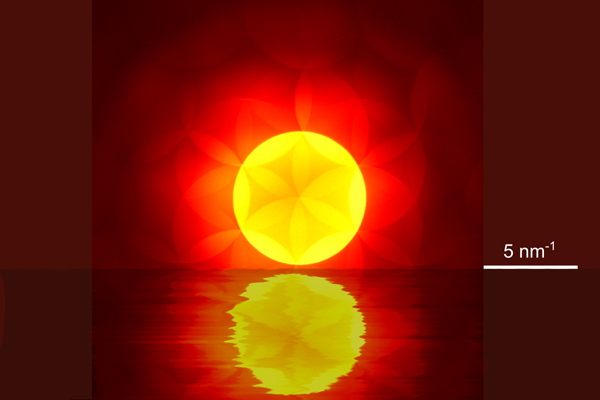The small dimensions of nanomaterials give them remarkable properties attracting the scientific community. In order to understand and control these properties, it is essential to characterize them at the nanometer scale. This thesis work is based on the development of electron microscopy diffraction techniques for the study of two and three dimensional materials. Convergent Beam Electron Diffraction patterns contain large amount of information on the sample geometry. This information, carried by HOLZ lines, allows to determine the sample thickness, the structure factor, the direction of observation, the electron acceleration voltage and the camera length. Ambiguities in strain measurement arise from the experimental two-dimensional projection of three-dimensional information. During this thesis, it has been possible to reduce these ambiguities and therefore to measure the diagonal components of the deformation gradient tensor from one direction of observation only. By studying the HOLZ lines broadening, due to a non-uniform strain along the electron beam direction, it has been possible to retrieve the displacement field along the beam direction.The second part of this thesis is focused on the study of two-dimensional materials such as Graphene, Boron Nitride (BN) or Molybdenum disulfide (MoS2). The delicate interpretation of the contrast of high-resolution transmission electron microscopy images and especially the importance of aberrations and sample tilt on this contrast is discussed. A method to quantify two-dimensional sample orientation using diffraction spots projection effect is presented. Finally, three thickness measurement techniques are compared by applying them to few-layered MoS2 et BN.

"MoS2 sunset" Convergent beam electron diffraction of a MoS2 sheet (~10 atomic layers)